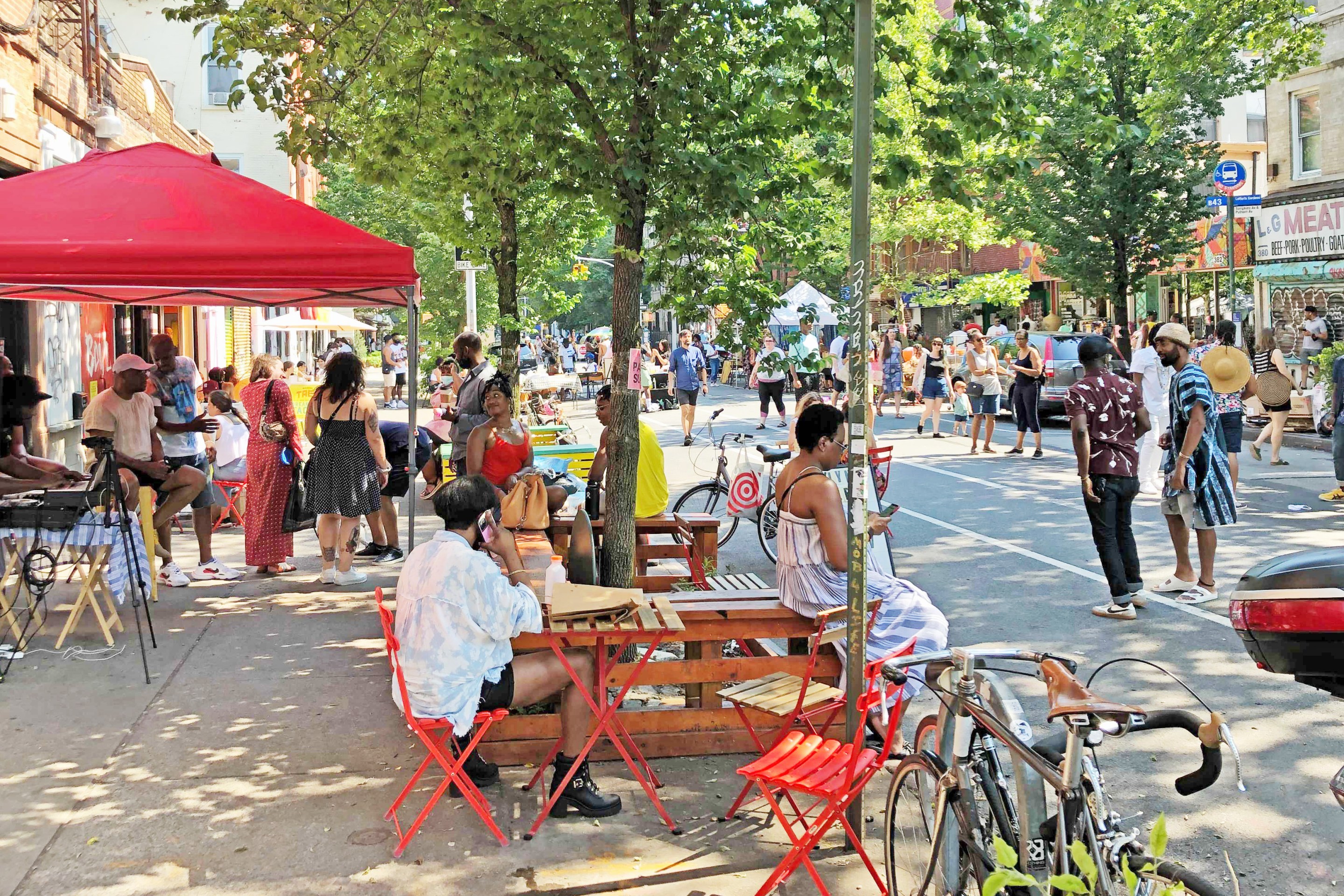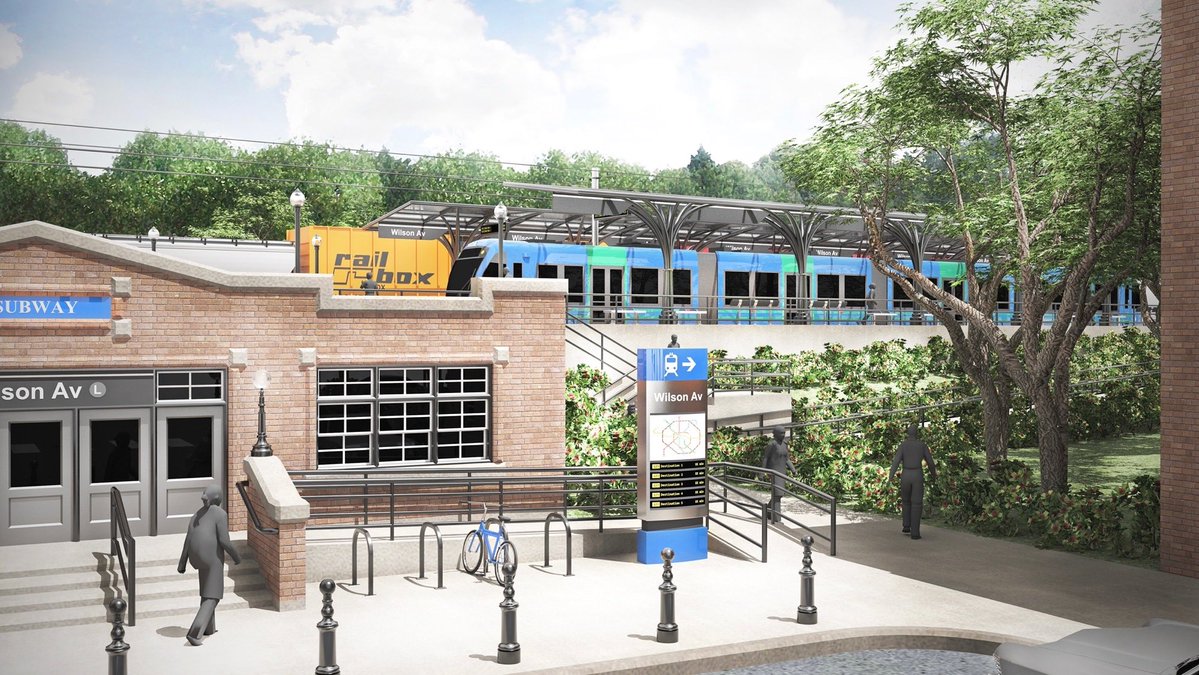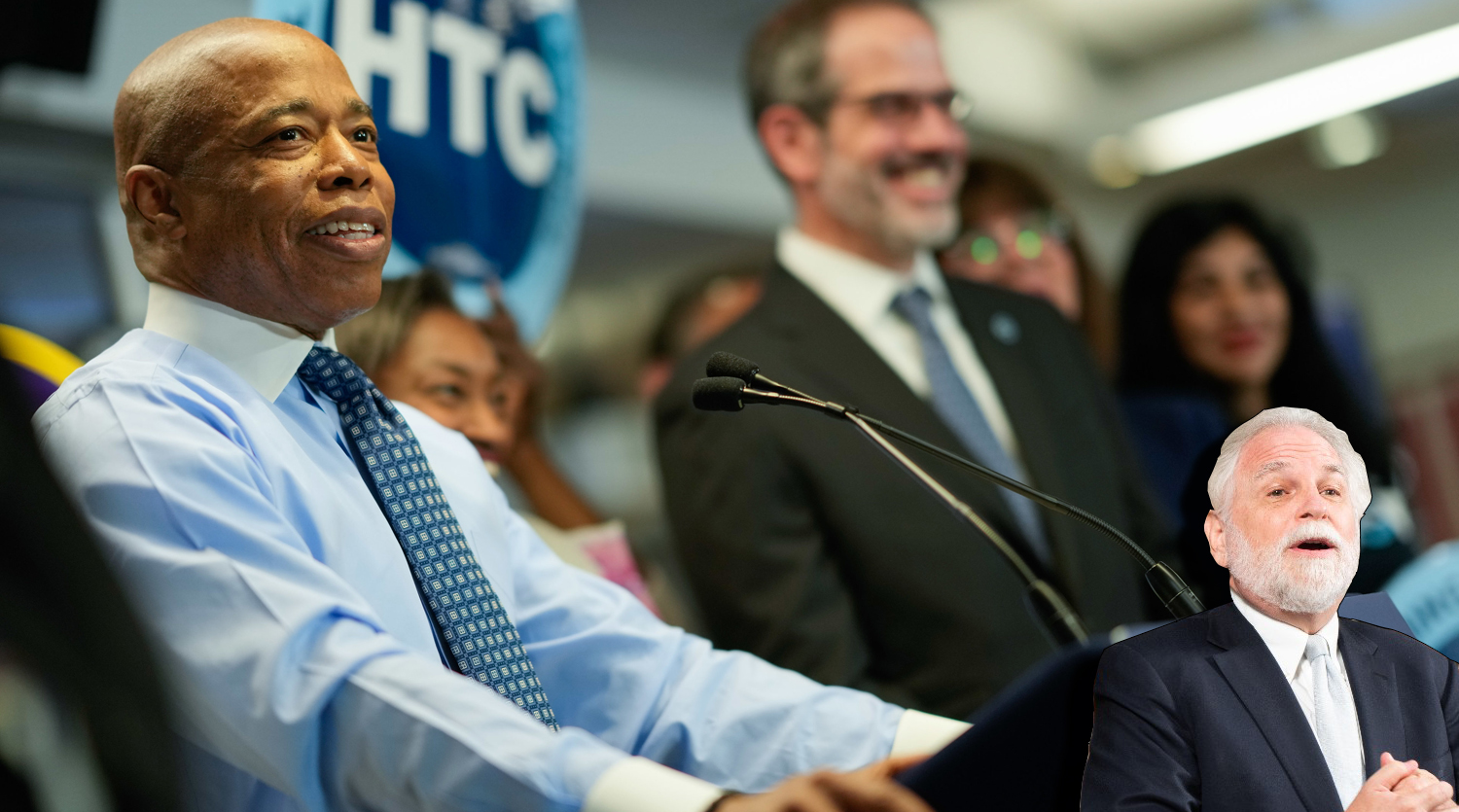This map shows many of the projects in the region's transportation improvement program, revealing the priorities of the area's transportation agencies for the next five years.
The New York Metropolitan Transportation Council (NYMTC) has released a draft of its transportation improvement program, or TIP [PDF], providing a window into the investment priorities of the region's transportation agencies over the next five years.
The TIP is a list of projects that are eligible to receive federal funding. It's not a budget and is frequently amended, so it is best understood as a set of projects transportation agencies have in the pipeline that indicates broad spending priorities, rather than a rigid timeline for planning and construction. While dates and dollars are attached to each project, nothing is set in stone.
The public can comment on the TIP through July 8 by e-mailing Christopher Hardej at NYMTC, the regional planning agency.
Transportation advocates say the draft TIP shows how the state DOT is lagging behind local transportation agencies when it comes to progressive planning, which reflects the agency's budget constraints as well as its internal culture.
"Most of the innovation is coming from local governments," Steven Higashide of the Tri-State Transportation Campaign told Streetsblog after reading through the draft TIP. "The bulk of the state DOT's portion are these large rehab projects that have been on the books for many years, so that limits room for other types of project." The rehab of the Gowanus Expressway, for example, is allocated over $92 million in the TIP, and the replacement of the Kosciuszko Bridge is given around $550 million.
Higashide did point to a "managed-use lane study," which could possibly lead to new bus or carpool lanes in New York City, and a new pedestrian safety initiative on Long Island as bright spots in the state DOT's proposed plan. Those projects should lead to construction in 2014 and 2015 respectively. "Commissioner Joan McDonald is well-respected and understands smart growth," said Higashide, who said he was hopeful that NYS DOT would move toward a more progressive transportation policy. "State DOT is a large ship that takes time to turn around."
At the local level, a wide array of exciting projects can be found in the TIP. Many of these, like the conversion of temporary plazas at Times Square into permanent features, have already been announced. Others are new or haven't received much attention.
Noah Budnick of Transportation Alternatives noticed a strong emphasis on waterfront projects in New York City's planning. "There's a lot more ferry-related investment than I'd seen in the past," he said. A new ferry landing at LaGuardia Airport is scheduled for construction in 2012, for example, with service heading into Manhattan. Budnick also noted that many of the ferry projects had strong bike or pedestrian facilities integrated into them, important given the relative remoteness of the waterfront from many population and job centers in New York City. "It's great to see this kind of multi-modal connectivity," he said.
Also on the waterfront are a slew of greenway expansions. The TIP calls for greenway construction in Sunset Park and the West Bronx in 2011, along the Queens waterfront and in Greenpoint in 2012, and near Coney Island in 2014. "People love car-free cycling," said Budnick.
A Chicago-style bike station with restrooms, repairs and secure parking, which would be New York City's first, is slated to be built along the Bronx River Greenway in 2013.
At the local level, Higashide highlighted the large number of traffic calming projects in Brookhaven, a Long Island town which passed a complete streets policy last year.
Budnick also pointed to money allocated for a pedestrian wayfinding system in New York City, a new program proposed in the 2011 PlaNYC update, and a study of the effects of overweight truck traffic, as intriguing.
More broadly, Budnick noted just how much the spending priorities of the New York region diverge from the rest of the country or even the state. Overall, the region planned to spend 74 percent of its funds on transit, compared to 26 percent on roads projects. Even in the Hudson Valley, 62.2 percent of the TIP funds are slated for transit.
Flip through the TIP and let us know what you find that catches your eye. Projects like a comprehensive transportation plan for Far Rockaway, an extension of the Eastern Parkway greenway from Buffalo Avenue out to Highland Park in East New York, and the demolition of a portion of the elevated Miller Highway between 69th and 72nd Streets were just a few of the ones that I found exciting.




